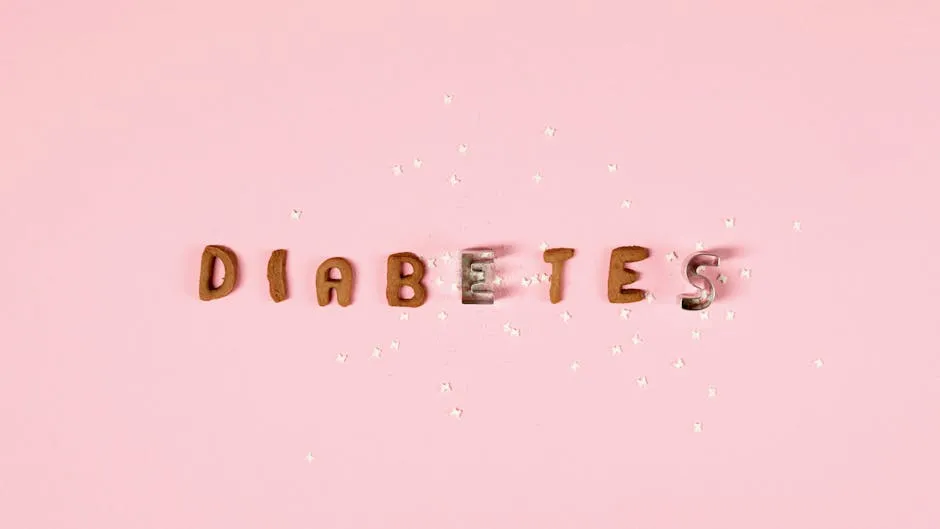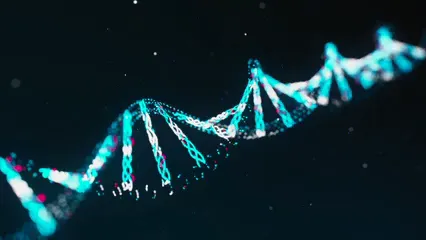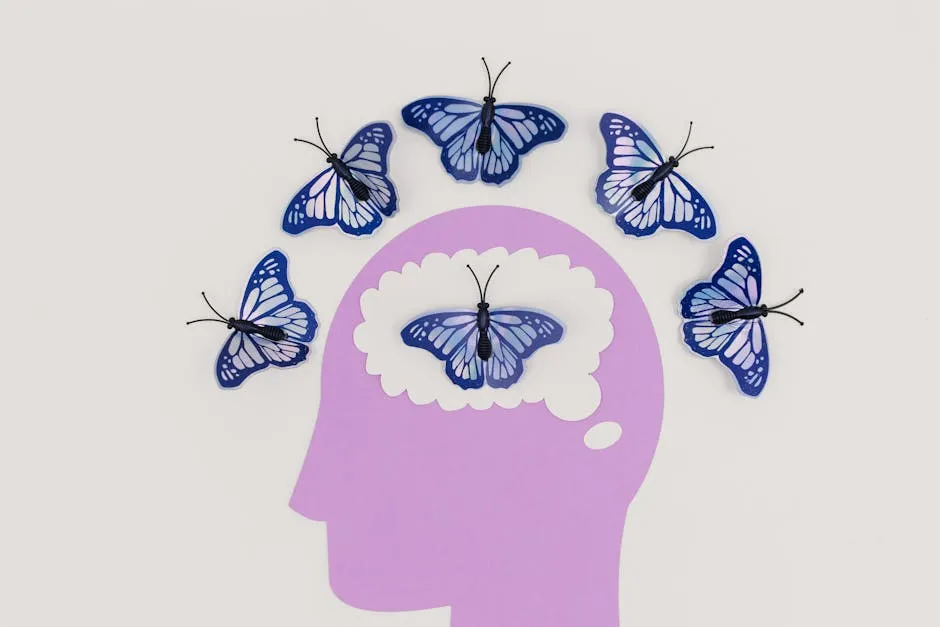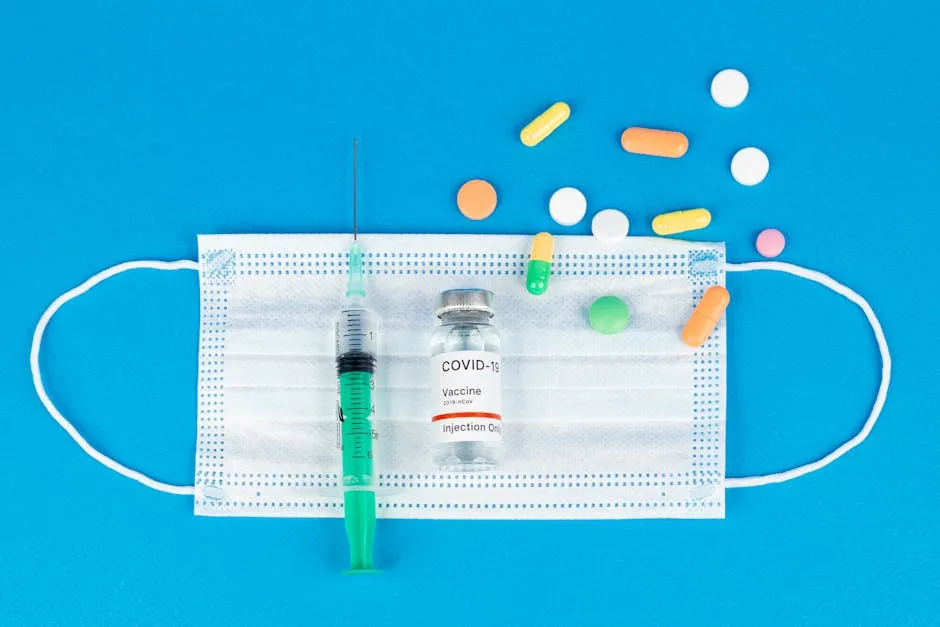
Why Do We Get Addicted to Certain Substances or Behaviors?
Introduction
Addiction is a tricky little devil. It creeps into our lives when we least expect it, often disguising itself as a harmless habit. But, oh boy, can it escalate quickly! Understanding addiction today is more important than ever. With countless substances and behaviors vying for our attention, figuring out why some of us fall into the abyss while others don’t is crucial.
In this article, we’ll unravel the reasons behind addiction. It’s not just about willpower or making better choices. Nope! We’ll explore biological, psychological, and environmental factors that contribute to this complex phenomenon. Grab a comfy seat because we’re diving into the fascinating world of addiction.

Understanding Addiction
Definition of Addiction
Addiction is a chronic disease, much like diabetes or heart disease. It involves compulsive seeking and use of a substance or behavior, despite the negative consequences that may arise. It’s like that friend who overstays their welcome at a party, refusing to leave even when the festivities are over. Addiction can manifest in two main forms: substance use disorders and behavioral addictions. The former includes dependencies on drugs or alcohol, while the latter encompasses compulsions to engage in activities like gambling or shopping.
For those looking to understand more about the intricacies of addiction, check out the Addiction Recovery Workbook: Skills and Strategies for Your Journey. This workbook provides hands-on strategies and tools to help you navigate your recovery journey effectively.

The Nature of Addiction
Addiction truly is a biopsychosocial disorder. This means it’s influenced by biological, psychological, and social factors. Think of it as a cocktail of your genes, mental health, and environment shaken together!
When someone becomes addicted, their brain chemistry changes significantly. Substances can hijack the brain’s reward system, flooding it with dopamine—the feel-good neurotransmitter. Initially, this creates pleasure and reinforces specific behaviors. However, over time, the brain adapts. It may even reduce dopamine receptors, making it feel like users need more of the substance to achieve the same high. This leads to a classic case of tolerance, where what once provided joy now requires a hefty dose just to feel ‘normal’ again.
The impact of addiction extends beyond the individual. Relationships, careers, and even physical health can suffer. Recognizing addiction as a multifaceted issue can help us understand why some individuals are more prone to it. It’s not simply about poor choices; it’s a complex interplay of various factors that can ensnare anyone. So, the next time you wonder why someone struggles with addiction, remember: it’s not just about the substance or behavior—it’s about the intricate web of influences that lead there.

The Biological Basis of Addiction
The Role of Neurotransmitters
At the heart of addiction is the brain’s reward system, primarily driven by dopamine. Think of dopamine as the brain’s happiness chemical. When we engage in pleasurable activities—like eating chocolate or winning a game—dopamine levels spike, creating feelings of joy. Unfortunately, substances like drugs and alcohol can hijack this system, causing a flood of dopamine. The initial euphoria feels fantastic, reinforcing the behavior.
However, as usage continues, the brain adapts. It may reduce the number of dopamine receptors, leading to a diminished response to natural rewards. This process makes achieving pleasure from ordinary activities increasingly difficult. As a result, users find themselves craving the substance just to feel ‘normal.’ This cycle of craving and compulsive behavior is a hallmark of addiction, where the brain’s chemistry shifts dramatically, creating a powerful urge to use the substance despite negative consequences.

Genetic Factors
Genetics also play a substantial role in addiction risk. Research shows that genetic factors can account for 40-60% of an individual’s vulnerability to addiction. This means that if you have a family history of addiction, your risk goes up significantly. Specific genes have been identified as being associated with addiction susceptibility. For example, variations in genes that regulate dopamine transmission can increase the likelihood of developing substance use disorders.
So, it’s not just about personal choices; our biology can predispose us to addiction. If you’ve ever wondered why some people can try a drug once and walk away, while others can’t resist the urge to go back, genetics might hold part of the answer. To dive deeper into these complex dynamics, consider reading The Body Keeps the Score. This book explores the connection between trauma and addiction, offering insights into healing.

Brain Changes
Repeated substance use can lead to significant changes in brain structure and function. The prefrontal cortex, responsible for decision-making and impulse control, can be particularly affected. Studies show that individuals with addiction often have decreased activity in this area, impairing their ability to make sound judgments.
Moreover, long-term substance use can alter other brain areas involved in memory and stress response, leading to difficulties in learning and recalling important information. This impairment can make it hard for individuals to recognize the negative consequences of their actions, further entrenching their addiction.
The compulsion to continue using substances often overshadows rational thought, leading to risky behaviors and poor decision-making. When the brain’s wiring changes, it can take a monumental effort to revert to its pre-addicted state. Understanding these biological factors is crucial for developing effective treatment strategies that address not just the behavior but the underlying brain changes that facilitate addiction.
In summary, addiction is a multifaceted issue deeply rooted in biological factors. From neurotransmitter imbalances to genetic predispositions and structural brain changes, these elements combine to create a compelling case for why some individuals find themselves trapped in the cycle of addiction. Recognizing these biological bases is essential for fostering empathy and understanding toward those grappling with addiction.

Psychological Factors in Addiction
Mental Health Disorders
Mental health issues often play a significant role in addiction. Many individuals struggling with disorders like depression and anxiety may turn to substances or certain behaviors for relief. This is known as self-medication. They may think, “A little drink will calm my nerves,” only to find that the drink leads them down a more turbulent path.
Those battling depression might seek the temporary high of drugs, believing it will lift their spirits. However, substances can exacerbate symptoms, creating a vicious cycle. The temporary escape becomes a long-term dependency, further complicating their mental health. Understanding this connection is crucial. It highlights the importance of addressing mental health in addiction treatment. To gain strategies for overcoming these challenges, consider Clean: Overcoming Addiction Without Treatment. This book offers insights and tools for those seeking to recover on their own terms.

Personality Traits
Certain personality traits can increase the risk of addiction. Traits such as impulsivity, sensation-seeking, and emotional instability are commonly associated with a higher likelihood of developing addictive behaviors. Impulsive individuals often act without considering consequences. This can lead to risky behaviors, including substance use.
Sensation-seekers crave excitement and may turn to drugs, gambling, or other high-risk activities for that rush. Emotional instability can lead to seeking substances as a way to manage overwhelming feelings. While some use the term “addictive personality,” it’s more about certain traits that make individuals more susceptible to addiction. Recognizing these traits can help in developing effective prevention strategies and treatment plans.
In conclusion, the interplay between mental health and personality traits significantly influences addiction. Understanding these factors is essential for addressing the complexities of addiction and providing comprehensive treatment options.

Socioeconomic Factors
Socioeconomic status plays a crucial role in addiction risk. Individuals from low-income backgrounds often face overwhelming stressors. Limited access to healthcare can leave these individuals without essential resources for treatment. Education level also matters; those with lower education may lack awareness about the dangers of substance use.
Community attributes significantly shape substance use behaviors. In neighborhoods where drug use is commonplace, addiction can become normalized. Peer pressure amplifies this effect, as friends and family often influence choices. Moreover, a supportive community can provide a protective buffer against addiction. Conversely, environments lacking support may increase vulnerability to substance abuse. To better understand these dynamics, consider reading The Recovery Book, which provides insights into the challenges of addiction and recovery.

Childhood Experiences
Childhood trauma is a major contributor to future addiction risk. Adverse experiences, such as abuse or neglect, can leave lasting scars. When children face these challenges, they may turn to substances as a coping mechanism. Early exposure to drugs can also pave the way for addiction later in life.
Research shows that children who witness substance abuse in their families are at a higher risk. They may internalize these behaviors and normalize drug use. Consequently, early intervention is vital. Positive childhood experiences can foster resilience, reducing the likelihood of addiction. For those looking for guidance on fostering resilience, The Language of Letting Go offers daily meditations that can help individuals cultivate a healthier mindset.

Behavioral Addictions
Examples of Behavioral Addictions
Behavioral addictions are compulsive behaviors that can hijack the brain’s reward system, similar to substance use disorders. Activities such as gambling, shopping, and excessive internet use can become addictive. Each of these behaviors triggers the release of dopamine, the brain’s feel-good chemical, reinforcing the behavior.
Gambling addiction, for instance, provides an adrenaline rush that keeps individuals returning for more. Shopping addiction often results in temporary happiness, followed by guilt and remorse. Internet addiction can disrupt daily life, leading to social isolation. These behaviors may seem harmless at first, but they can spiral out of control.

Similarities and Differences with Substance Addiction
Both behavioral and substance addictions share similar mechanisms. They activate the brain’s reward pathways, creating a cycle of craving and compulsion. However, there are key differences. Substance use may lead to physical dependence, while behavioral addictions often do not result in physical withdrawal symptoms.
Treatment can also differ. While substance addictions often require detox and medical supervision, behavioral addictions may focus more on therapy and support groups. Understanding these distinctions is crucial for effective treatment approaches. Both types of addiction require attention and support, as they can have profound effects on individuals’ lives. For those seeking to understand the psychological aspects of these addictions, consider reading The Addictive Personality. This book delves into the traits that may lead to addiction and offers strategies for change.

Treatment and Recovery
Overview of Treatment Options
Treating addiction isn’t a one-size-fits-all approach. A variety of treatment options exist, including medications, therapy, and support groups. Medications can help manage withdrawal symptoms and cravings, particularly for substance use disorders. For behavioral addictions, therapy plays a pivotal role. Cognitive-behavioral therapy (CBT) is a popular choice, helping individuals identify and alter harmful thought patterns.
Support groups, such as Alcoholics Anonymous or Gamblers Anonymous, provide essential community and understanding. Personalizing treatment plans is vital. Each individual has unique circumstances, and understanding their specific needs can significantly enhance recovery outcomes. Collaboration between healthcare providers, therapists, and support networks ensures a comprehensive approach to treatment. To guide your journey, consider reading Recovery: Freedom from Our Addictions. This book provides insights into the recovery process and strategies for maintaining sobriety.

The Role of Prevention
Prevention is key in combating addiction. Effective strategies include educating communities about the risks associated with substance use and unhealthy behaviors. Programs that engage families, schools, and local organizations have shown promise in reducing addiction rates. Encouraging open discussions about substance use can foster a supportive environment for individuals.
Community involvement is also crucial. When families take an active role in prevention efforts, it creates a safety net for vulnerable individuals. Encouraging healthy activities, such as sports and arts, can also divert attention from risky behaviors. Prevention is not just about avoiding substance use; it’s about creating an environment that promotes well-being and resilience. For more insights into effective habits that support recovery, check out The Power of Habit. This book explains how habits are formed and how they can be changed to create a positive impact on your life.

FAQs
What are the signs of addiction?
Common signs of addiction can include an inability to stop using a substance or engaging in a behavior, intense cravings, neglecting responsibilities, and continuing despite negative consequences. Observing changes in behavior, mood, or social interactions can also be indicators.
Can addiction be cured?
Addiction is often viewed as a chronic condition that can be managed rather than cured. While individuals can achieve long-term recovery, it typically requires ongoing support and management to prevent relapse.
What are the most addictive substances?
Some of the most addictive substances include nicotine, alcohol, opioids, and cocaine. Each of these substances has a high potential for dependence, leading to severe cravings and withdrawal symptoms.
How can I help someone struggling with addiction?
Supporting someone with addiction involves being patient, offering non-judgmental encouragement, and helping them seek professional help. Encourage open conversations and remind them that recovery is a process that takes time.
Please let us know what you think about our content by leaving a comment down below!
Thank you for reading till here 🙂
All images from Pexels




